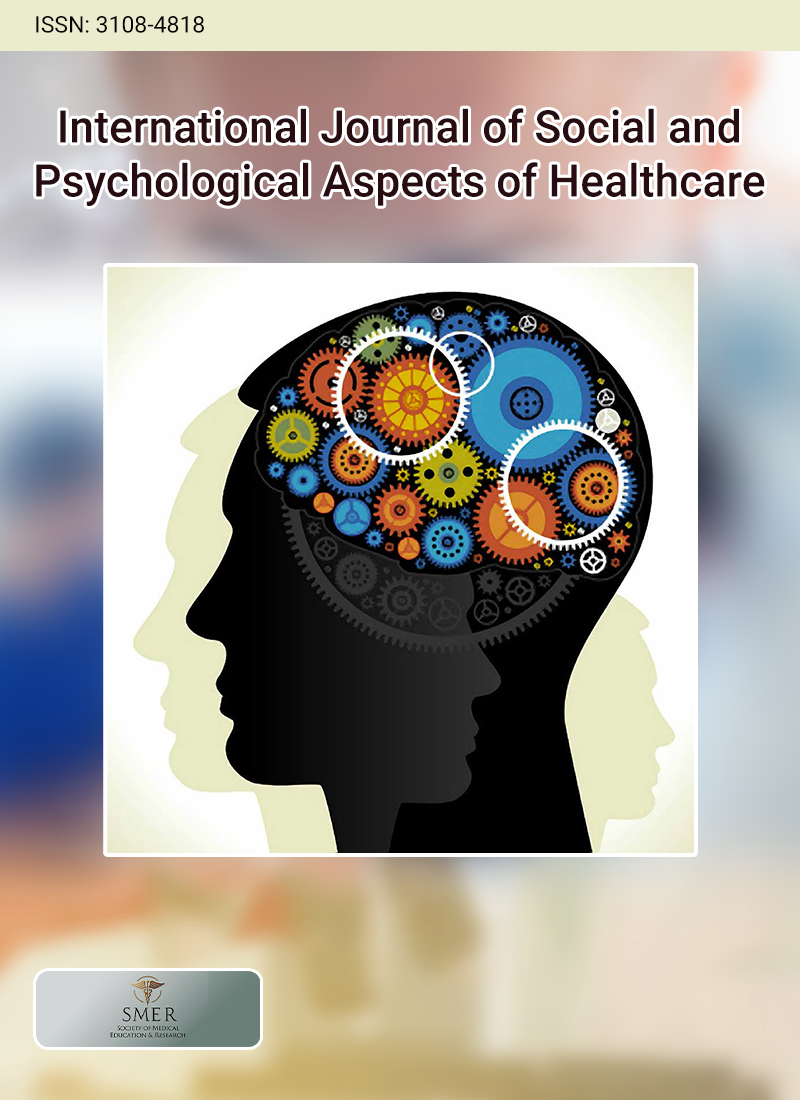
Myocardial infarction (MI) remains the leading cause of mortality among individuals suffering from coronary heart disease (CHD) worldwide. In recent decades, there has been a significant increase in the prevalence of congenital connective tissue disorders. The significance of this issue extends beyond the increasing occurrence of undifferentiated connective tissue dysplasia (UCTD) and its complications, as it also presents medical and social challenges due to its association with various systemic conditions. Given the significant social impact of CHD in individuals with UCTD—particularly among the working-age population—this study focused on identifying dysplastic stigmas in women diagnosed with Q-MI in the presence of UCTD. The most common dysmorphic markers observed in these patients included abnormalities of the hands and feet (100%), ocular anomalies and auricular micro-malformations (90% each), lower extremity varicose veins (33.3%), and a tendency to form hematoma following minor trauma (20%). Significant correlations were identified in women with UCTD between the number of dysplastic markers and the occurrence of the diagonal earlobe crease (r = +0.79; P < 0.05), blue sclera (r = +0.77; P < 0.05), radial-lacunar iris pattern (r = +0.66; P < 0.05), lower limb varicose veins (r = +0.73; P < 0.05), and increased susceptibility to bruising with minimal trauma (r = +0.51; P < 0.05). These findings suggest that the aforementioned UCTD markers could serve as predictive indicators of the progression of more complex CHD, potentially guiding the development of improved diagnostic strategies and personalized therapeutic approaches.